Webisode #4: La Brea Bakery – Part One
Here we are, at the famous, original LaBrea Bakery (not the facility that makes all the par-baked bread that is shipped across the country and sold at supermarkets, but the one that Nancy Silverton founded to serve the people and restaurants of Los Angeles). It takes a bakery to make all the dough required by a place as popular as Pizzeria Mozza because they produce anywhere from 500 to 700 pizzas a day, and that’s a lot of dough to make–probably somewhere around 300 to 400 pounds of dough balls! How fortunate that Nancy, who no longer owns LaBrea Bakery, has such a close relationship with it because, even in the expansive Mozza kitchens there’s definitely nowhere near enough room to make this much dough with this much complexity. What you’re about to see in this segment is the application of the artisan bread making technique that Nancy mastered when she created LaBrea Bakery, now applied to a normally simple product called pizza dough.
We were greeted at the door of the large building in an industrial part of town, by Production Manager Jon Davis, who took us inside the production area and showed us everything except the “secret ingredients” and the actual formula. In this segment, we’ll see the preferment (aka poolish, or sponge) being made and then added to the final dough, which comes together beautifully. Next week, in LaBrea Bakery Part Two, we’ll see what happens from this point until it arrives at Pizzeria Mozza where it is transformed into ethereal pizzas.
I often speak and write about bread being the result of a series of transformations: wheat transformed into flour; flour transformed into living, leavened dough; and dough transformed into bread. Of course, with pizza, there is one additional transformation: bread dough into pizza. I define a transformation as a radical change of one thing into something totally new and other. For instance, living wheat is killed when it is pulverized into flour, all it’s life giving properties now destroyed. But when it is combined with salt, water, and leaven (yeast) it changes into a new substance and comes back to life as dough where it continues to transform itself through the biological activity of yeast, bacterial, and enzyme activity. When it is put into the oven, however, the dough gives up this life; the yeast is killed, as are all the living organisms in the dough that brought forth its unique personality and flavor, but in the process the dough is transformed into bread. That is, it goes in alive and comes out dead, but it goes in as dough and comes out as bread. In one analogy, it is like a caterpillar goes into the oven but a butterfly comes out–yes, a radical transformation. In rare instances, such as often occurs at Pizzeria Mozza, there is yet one additional transformation that takes place (and here I stretch the metaphor to, possibly, the snapping point, but bear with me): pizza transforms itself into deliriously happy people!. Or more accurately, the people are transformed by the pizza into a state of pure culinary bliss.
But I get ahead of myself. For now, just glory in the transformation of flour into dough and, as we continue this series on Pizzeria Mozza in the coming weeks, we’ll go through the whole string of marvelous transformations together. Enjoy!!
Recent Articles by Peter Reinhart
- Howard Brownstein on Turnaround and Crisis Management
- Randy Clemens and Forest Farming in Uruguay — The Back to The Earth Movement is Back!
- It’s not too late to chase your dreams: “Pizza From the Heart” A New Book by Paulie and Mary Ann Gee
- Kyle Ahlgren on the Artisan Baking Center Online Classes (and a special offer)
- Multi-James Beard Nominee Cathy Whims of Portland’s Nostrana and her Brand New Book
- Pizza Quest: KID, Manhattan’s New Slice Cafe, with Chefs Ian Coogan and Max Blackman-Gentile
Add Comment
You must be logged in to post a comment.



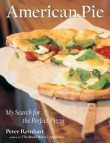
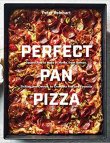
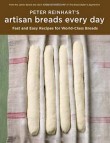
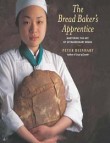
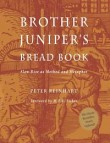
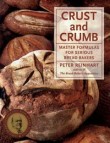
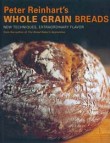
That “dumbed down” home version is pretty awesome and, actually, very near to the one they make at LaBrea, from what I can tell. Also, in response to Madeline,I think the secret to the crispness of the crust is that they leave it in the oven longer than most wood-fired Napoletana pizzerias–5 to 6 minutes– which allows the bottom to catch up with the top. Don’t know how hot they set the oven, but they found a great balance of temperature, and the high hydration in the dough allows it bake longer without drying up–a real magic trick of balancing time, temperature, and ingredients.
I kept waiting for the hyperlink but never saw it so I’ll put it in the comments. For more about the transformation of bread, please see Peter Reinhart’s TED talk at:
http://www.ted.com/talks/peter_reinhart_on_bread.html
At the pizza class they actually make the home dough recipe and made a couple of pizzas with a batch of it that had been aging a bit. It was very good. But then they brought out the real dough and made about 12 pizzas with that, and the difference was night and day. One of the greatest eating experiences of my life, to be honest.
Great Video Just curious how long did they let the poolish sit out before they mixed it with the flour and other ingredients?
I’m a newbie to this site and I’m in search for a good pizza dough recipe that will hold up to tossing- I want to perfect the art of tossing to impress my daughter at her upcoming b-day party!